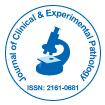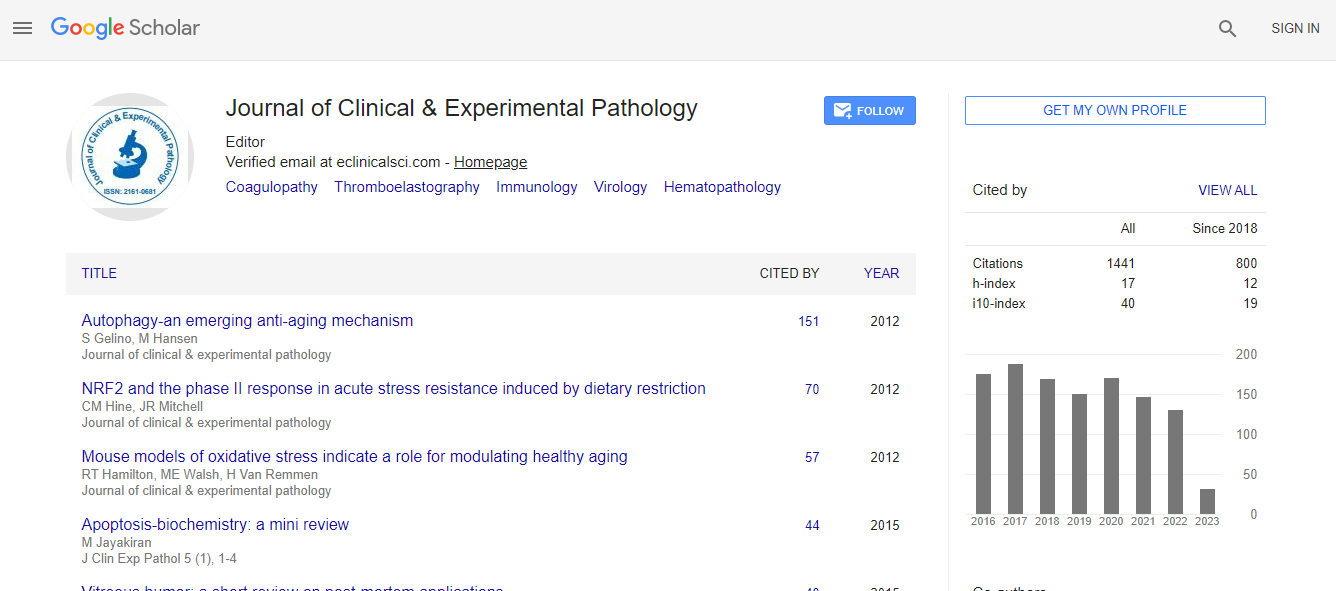Our Group organises 3000+ Global Events every year across USA, Europe & Asia with support from 1000 more scientific Societies and Publishes 700+ Open 91��ɫ Journals which contains over 50000 eminent personalities, reputed scientists as editorial board members.
Open 91��ɫ Journals gaining more Readers and Citations
700 Journals and 15,000,000 Readers Each Journal is getting 25,000+ Readers
Citations : 2975
Indexed In
- Index Copernicus
- Google Scholar
- Sherpa Romeo
- Open J Gate
- Genamics JournalSeek
- JournalTOCs
- Cosmos IF
- Ulrich's Periodicals Directory
- RefSeek
- Directory of Research Journal Indexing (DRJI)
- Hamdard University
- EBSCO A-Z
- OCLC- WorldCat
- Publons
- Geneva Foundation for Medical Education and Research
- Euro Pub
- ICMJE
- world cat
- journal seek genamics
- j-gate
- esji (eurasian scientific journal index)
Useful Links
Recommended Journals
Related Subjects
Share This Page
Glass slide preparation and digital pathology
2nd International Conference on Digital Pathology & Image Analysis
Ichiro Mori
International University of Health and Welfare School of Medicine, Japan
ScientificTracks Abstracts: J Clin Exp Pathol
DOI:
Abstract
Digital Pathology is now spreading rapidly. One of the key event is slide scanning because good digital image is crucial for Digital Pathology. WSI (Whole Slide Imaging) scanner is not an all-mighty machine but requires real good glass slide for scan. This time, I��?d like to list-up several key-points in glass slide preparation and make proposal for solution. Many steps in glass slide preparation may cause trouble in WSI scanning like quality of thin slicing, mounting slices on glass, embedding, drying, pasting slide label, cover slipping, writing on cover slip, type of cover slip, wiping before scanning, and tissue fixation. WSI scanners are always required to achieve fast scanning speed and good focus. Good quality of thin slicing and slide preparation is exclusive for this purpose. If there are folding, waving, or scratch of slices, embedding dust, bubble, too-much embedding materials, protruded slide label or cover slip, letters or lines on cover slip, they all may mislead autofocus. Moreover, because image analysis is highly expected in Digital Pathology, specimen fixation will become big issue. In Japan, there is no standardization in fixing solution except for recommendation that is buffered 10% formalin. Even using the same fixative, there are wide range of fixing conditions like the size of fixing tissues, fixing temparature, fixing time, stirring fixatives, etc. To get good results in image analysis that will surely reflect patient therapy, we should stand against fixation issues.Biography
Ichiro Mori has completed his PhD from Gunma University, and Post-doctoral studies from Tokai University School of Medicine. He is Professor of Department of Pathology, International University of Health and Welfare, School of Medicine. He has published more than 25 papers in reputed journals.

